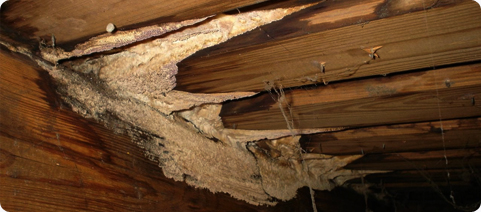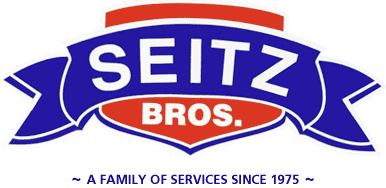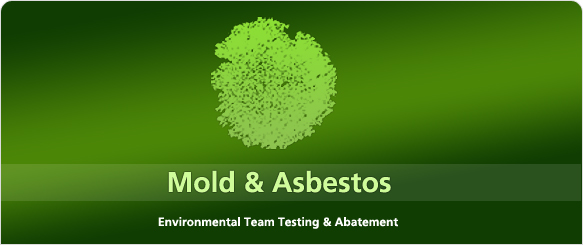Mold Prevention Tips & Info

Moisture control is the number one way to prevent mold growth
Water in your home can come from many sources. Water can enter your home by leaking or by seeping through basement floors. Showers or even cooking can add moisture to the air in your home. The amount of moisture that the air in your home can hold depends on the temperature of the air. As the temperature goes down, the air is able to hold less moisture. This is why, in cold weather, moisture condenses on cold surfaces (for example, drops of water form on the inside of a window). This moisture can encourage biological pollutants to grow.
There are many ways to control moisture in your home:
- Fix leaks and seepage. If water is entering the house from the outside, your options range from simple landscaping to extensive excavation and waterproofing. (The ground should slope away from the house.) Water in the basement can result from the lack of gutters or a water flow toward the house. Water leaks in pipes or around tubs and sinks can provide a place for biological pollutants to grow. To learn more about Basement & Crawlspace waterproofing visit our waterproofing division.
- Put a plastic cover over dirt in crawlspaces to prevent moisture from coming in from the ground. To learn more about crawl space encapsulations visit our waterproofing division.
- Use exhaust fans in bathrooms and kitchens to remove moisture to the outside (not into the attic). Vent your clothes dryer to the outside.
- Turn off certain appliances (such as humidifiers or kerosene heaters) if you notice moisture on windows and other surfaces.
- Use dehumidifiers and air conditioners, especially in hot, humid climates, to reduce moisture in the air, but be sure that the appliances themselves don't become sources of biological pollutants.
- Raise the temperature of cold surfaces where moisture condenses. Use insulation or storm windows. (A storm window installed on the inside works better than one installed on the outside.) Open doors between rooms (especially doors to closets which may be colder than the rooms) to increase circulation. Circulation carries heat to the cold surfaces. Increase air circulation by using fans and by moving furniture from wall corners to promote air and heat circulation. Be sure that your house has a source of fresh air and can expel excessive moisture from the home.
- Pay special attention to carpet on concrete floors. Carpet can absorb moisture and serve as a place for biological pollutants to grow. Use area rugs which can be taken up and washed often. In certain climates, if carpet is to be installed over a concrete floor, it may be necessary to use a vapor barrier (plastic sheeting) over the concrete and cover that with sub-flooring (insulation covered with plywood) to prevent a moisture problem.
As part of our mold remediation and mold removal service, we provide 3 convenient locations covering places like Allentown, Bethlehem and Easton at our Trexlertown location in the Lehigh Valley; or Scranton, Wilkes-Barre and Stroudsburg at our Tannersville office in the Poconos; and Hazleton, Reading, and Lancaster at our Tamaqua Headquarters in Eastern and Central Pa. We also service parts of New Jersey and New York. Call today to schedule an appointment and see why you are calling the best mold remediation and mold removal service in PA.





